Moisture Combat: This is how you fight moisture problems!
Are you suffering from moisture problems and in need of good moisture control? Then you are not alone: about 1 in 4 homeowners across Flanders will sooner or later have to deal with moisture problems.
You're probably wondering: why is proper moisture control necessary? Moisture problems such as mold on the wall or seepage are not only bad for the home itself, but they also cause health problems. In addition, the value of the home drops significantly.
Fortunately, such problems can be solved quickly, with proper diagnosis and moisture control.
In this article we will discuss all types of moisture problems and the types of moisture control that are possible, each with their own moisture control technique.
Quickly find your answer:
Types of moisture problems in homes
Each specific problem needs its own moisture control technique. There are seven different ways that moisture problems in the home can be caused: building moisture, rising moisture, condensation moisture, moisture production by habitation, penetrating moisture, damp basements, and low ventilation. For each of these problems, Aquaconsult has its own method of moisture control. We briefly go over all of them.
Quickly go to: rising damp - permeable moisture - moulds - condensation - moisture control - ventilation - subsidies
1. Building moisture
Moisture problems due to building moisture
Whenever one builds a new house, large amounts of building moisture enter the house due to the intense use of water. Think of the production of concrete, cement or gypsum. As a result, the new home contains an increased concentration of moisture during the first two years after completion.
This temporary increased moisture concentration can lead to moisture problems in the building structure.
Here there is no one-size-fits-all answer as to how moisture control works. Our field engineers will be happy to help you with all your questions.

2. Rising damp
Rising or rising damp
Moisture that rises or rises due to the capillary action of walls is one of the biggest moisture problems that exist. Most cases of moisture control have to do with the control of moisture that rises in basement walls or walls on the ground floor. Rising damp cannot be confused with rising damp.
Have our field engineers identified rising damp? Then the moisture control work can begin. With rising damp, we use a damp proofing technique where we inject the walls with a damp proofing gel.
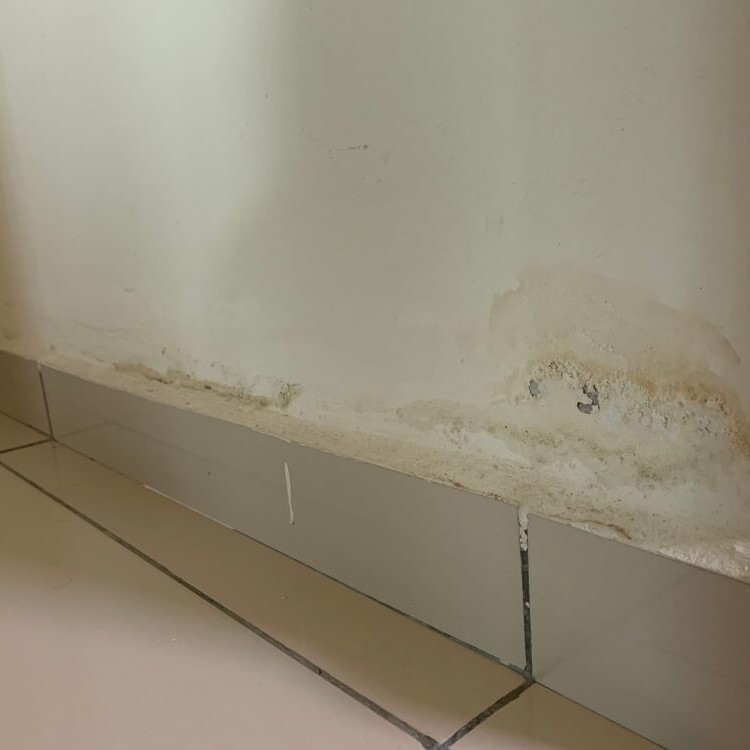
3. Condensation water
Moisture problems due to condensation
Air always contains a certain amount of moisture. The higher the air temperature, the higher the humidity can be. That is why air in homes always has a higher humidity than outside air.
The moisture control technique to address condensation moisture is ventilation. With proper ventilation, moisture no longer has a chance to settle on the walls and thus worsen the problem. Ventilation is generally a good way to do moisture control.
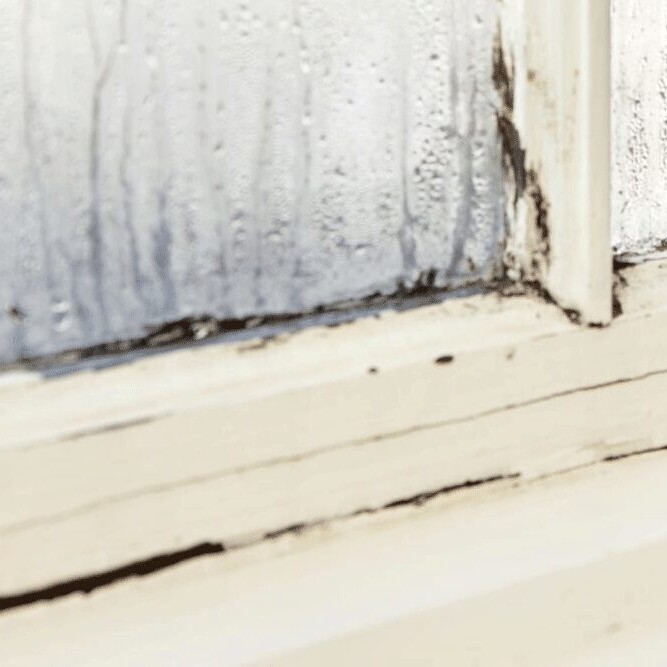
4. Moisture production by habitation
Moisture production by habitation
Simply by living in a house, the humidity is increased. Of course, this is not a problem at all, but it may have to be accommodated with extra ventilation.
Moisture production from habitation is often also the cause of condensation moisture. Think about cooking or taking a hot shower. Again, the moisture control technique consists of installing mechanical ventilation.
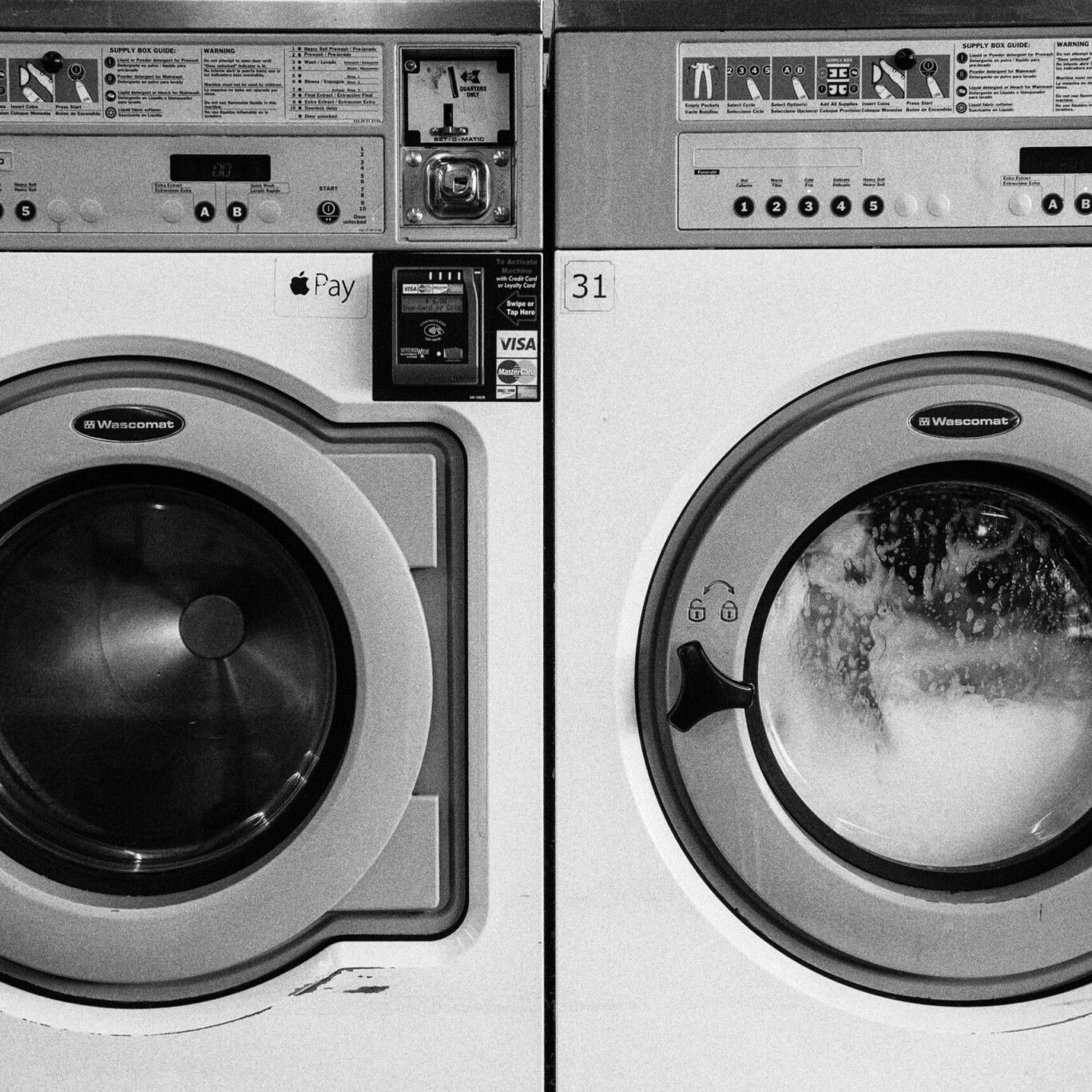
5. Resuscitating moisture
Rainfallfall
Moisture permeates through rain, allowing rainwater to pass horizontally through untreated walls.
In case of penetrating damp, Aquaconsult uses a damp proofing technique where we apply a waterproof layer to the exterior wall of a house. This makes that wall waterproof and prevents precipitation from penetrating the walls. Penetrating damp can sometimes be confused with rising damp. This is just another example that you need the right diagnosis to effectively do moisture control.
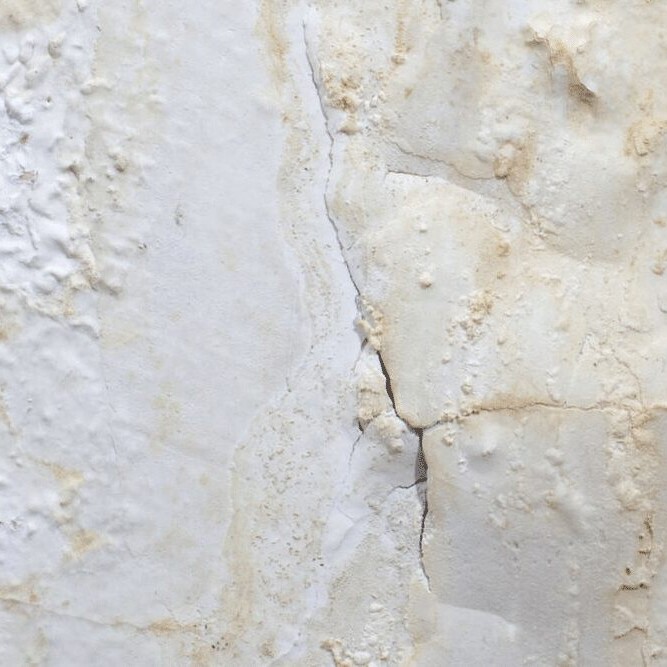
6. Damp basements
Basement room with moisture problems
Basements are places prone to various types of moisture problems such as high humidity, with the associated condensation problems or mold growth.
With a damp basement, there are several types of moisture control available, depending on the cause of the problem and its severity. For example, we can seal the basement or drain the basement. And again, ventilation is perfectly possible as a moisture control technique.
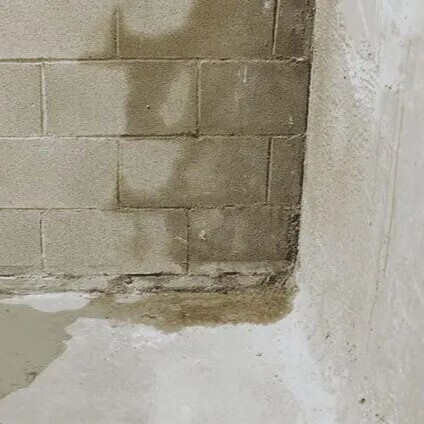
7. Low ventilation
Ventilation: the cause and solution of many moisture problems
It goes without saying that damp air cannot escape from a living space without ventilation grilles or other air vents. Incorrectly positioned ventilation or a construction fault can lead to condensation as a result of moisture not being removed correctly. This causes problems in the long term. An improvement of the existing ventilation facilities or the installation of an additional mechanical ventilation can offer a solution.
Of course, the form of moisture control here is to install proper ventilation. Best yet a mechanical ventilation. By the way, did you know that ventilation is the most underrated dam against coronavirus?
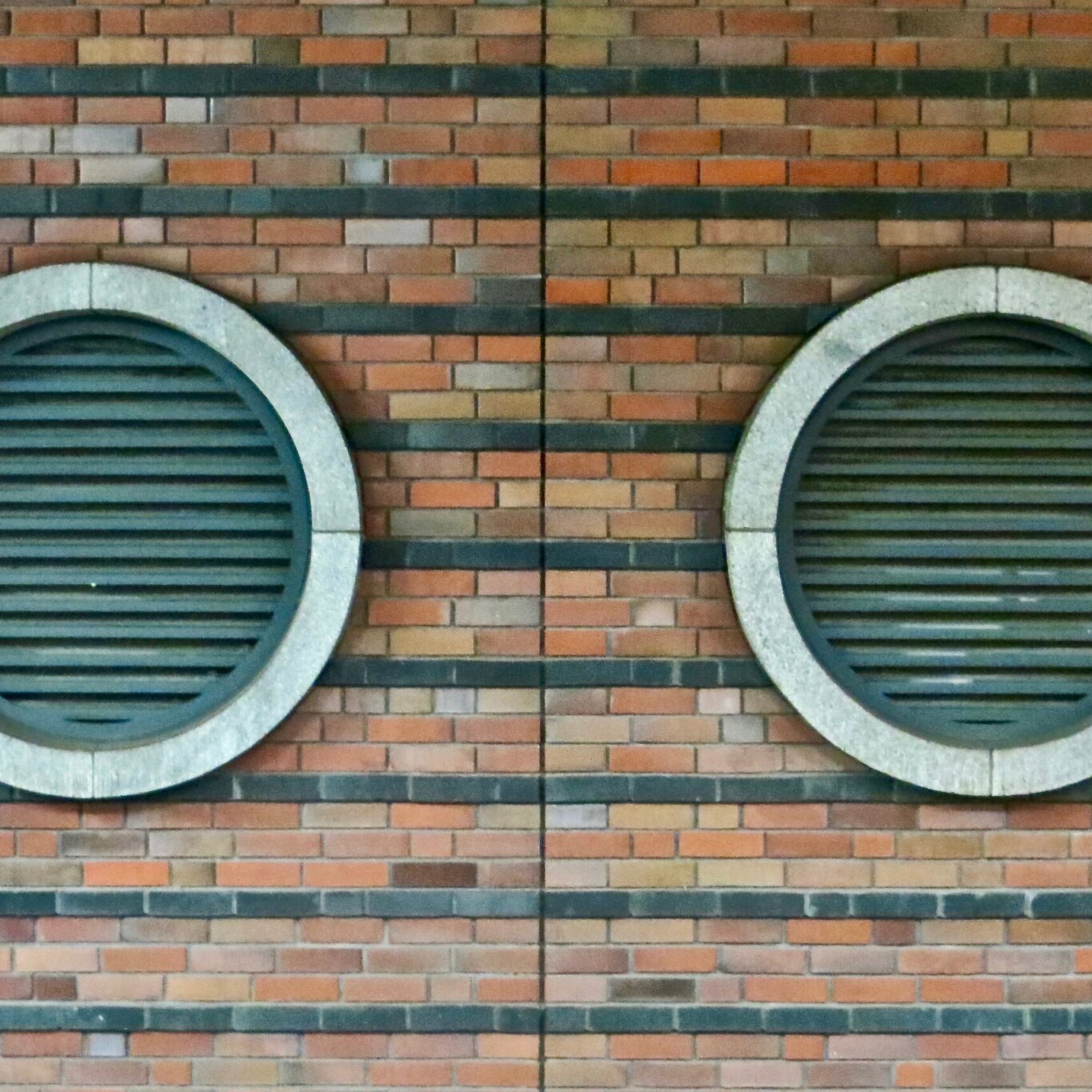
What does moisture control cost now?
Are you struggling with any of the above moisture problems? Then you probably want to know what treating this problem will cost. Unfortunately, there is no simple answer. The price depends on the specific moisture problem and the most appropriate moisture control method. Each problem requires its own specific solution, which is why it is very important to get a correct moisture diagnosis.
Therefore, if you are suffering from moisture problems, it is advisable to hire a licensed professional as soon as possible. This expert will not only help combat the moisture, but also investigate the cause behind the problem. Thus, the moisture expert will be able to provide a targeted customized quote.
Grants and subsidies for moisture control
Did you know that you can also get subsidies and premiums if you resort to moisture control? For works such as sealing a basement or injecting walls, you can appeal to the Flemish renovation premium. Would you like to have a balanced ventilation system installed? Then you are entitled to the total renovation bonus, also called the BENO pass.
Are you looking for good moisture control and do you live somewhere in Flanders? Then Aquaconsult is ready for you. Contact Aquaconsult now and our experts will find out what the best moisture control is for your specific moisture problem during a no-obligation visit.
Request more information and brochure
Answer the questions below and get more information and our brochure. Would you like to have the cost price calculated? Please indicate this clearly in the text field below and we will do the necessary.


